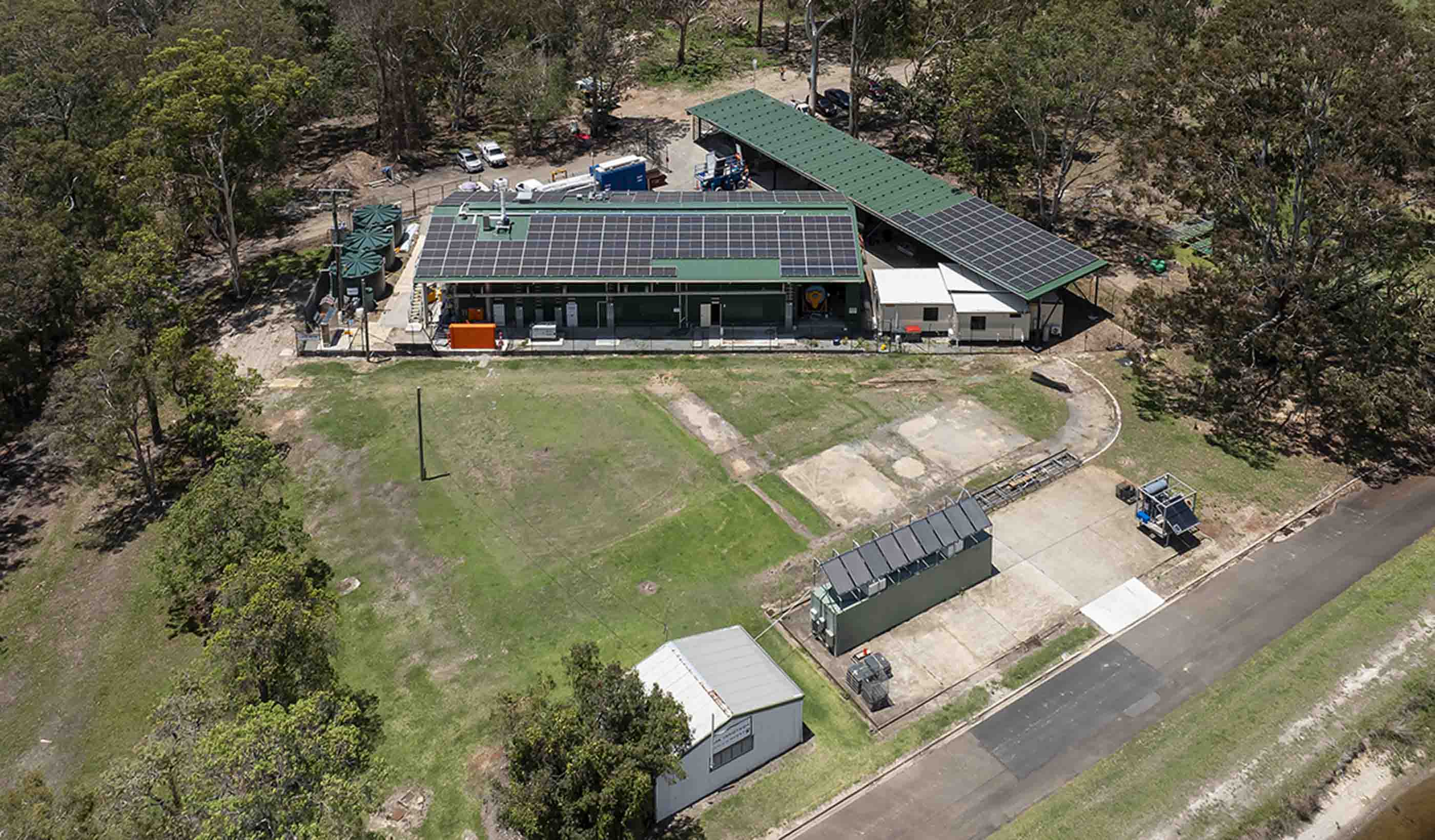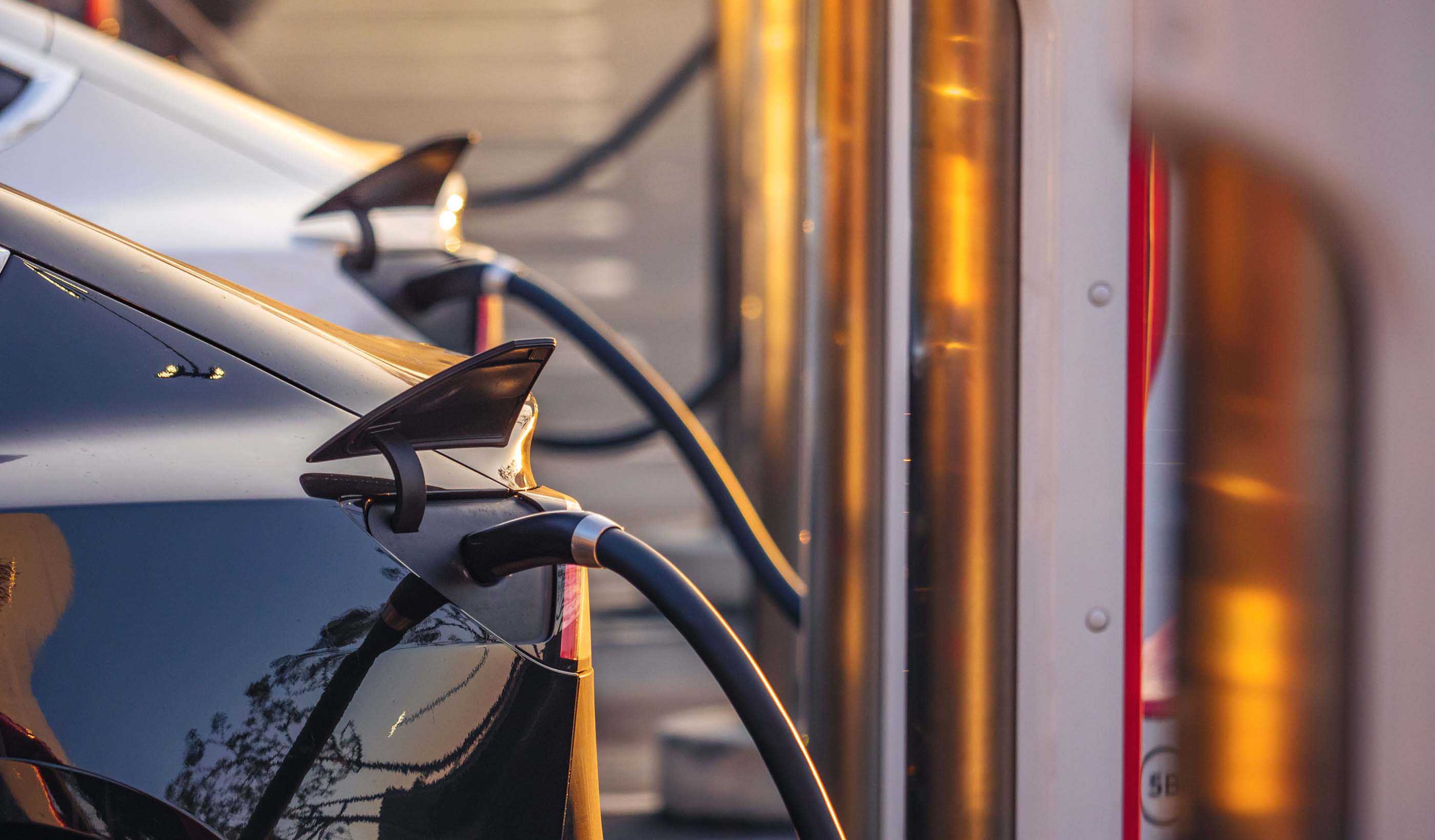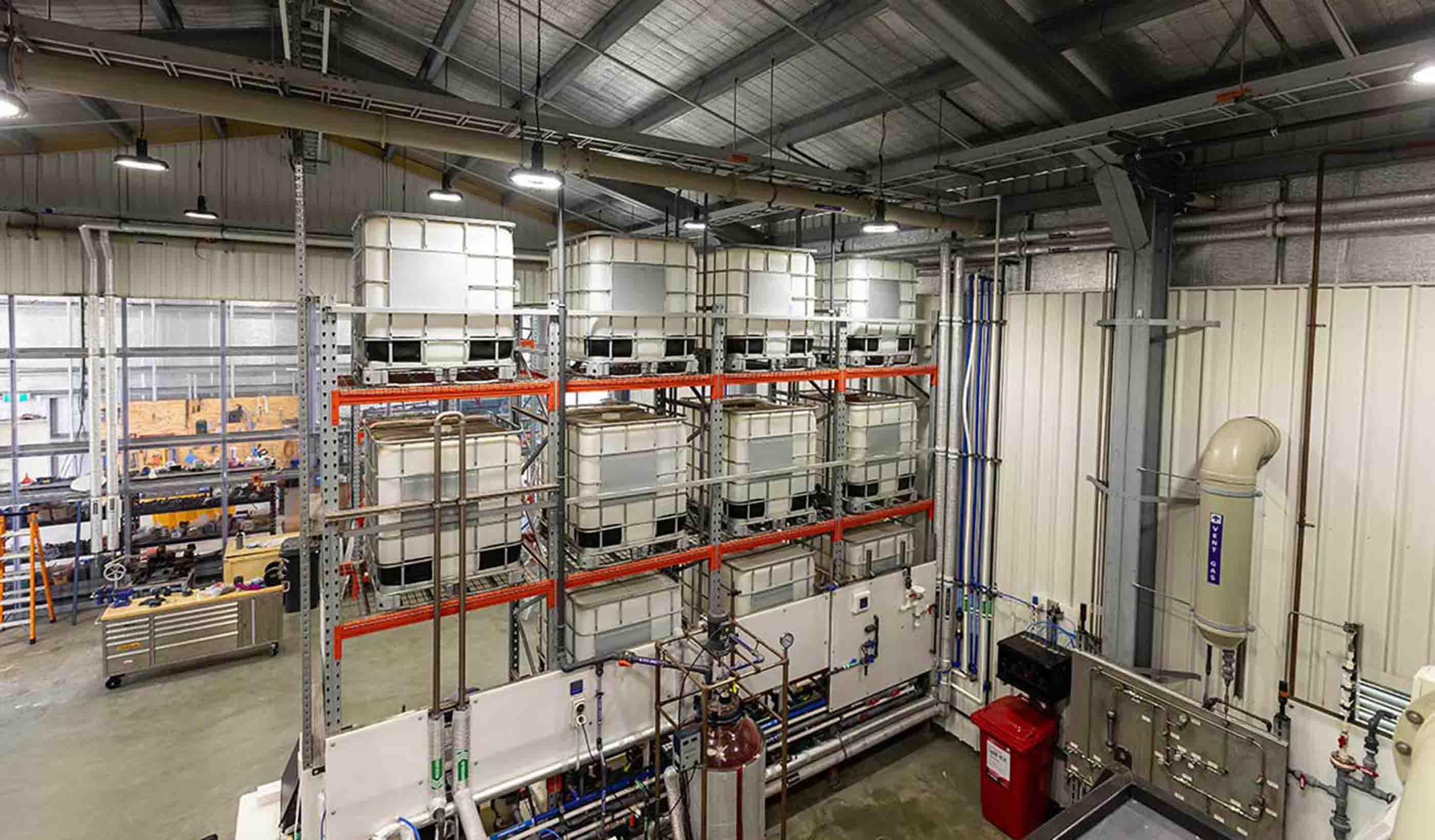Scaling up your critical minerals processing with demonstration plants
May 28, 2024
May 28, 2024
Demonstration plants allow miners to test critical minerals processing before investing in commercial production
Today’s world runs on critical minerals. And so will tomorrow’s. Critical minerals are crucial to the renewable energy technologies we need for a more sustainable future. We’re already seeing demand for critical minerals and rare earth elements (REEs) skyrocket. According to the International Energy Agency (IEA), the average amount of minerals needed for a new unit of power generation capacity has increased by 50 percent over the past decade. This is because investments in renewable technology have increased.
The IEA estimates demand for critical minerals will quadruple in the next five years as the transition to green energy speeds up. This is based on an estimated 3 billion tonnes of minerals and metals needed to build the technologies that generate and store wind, solar, and geothermal power.
Scaling up critical minerals processing is essential to meet this demand.
But we haven’t previously mined critical minerals at this scale, so we need to develop new processes. These must be effective, economically viable, and environmentally sustainable. We’ve seen mines lose time and money when things haven’t gone to plan. But in the fight against climate change, we have no time to waste.
Demonstration plants—like the high purity alumina (HPA) processing plant we recently designed, engineered, and built in Brisbane, Australia—will be essential to developing processes that work at scale. Here’s how.

This high purity alumina (HPA) demonstration plant is successfully processing the required 20-kilogram batches of HPA.
Extracting critical minerals and REEs often involves a higher degree of technical difficulty than processing bulk commodities like iron ore or coal. In the past, the demand for some critical minerals and REEs has been in the tens or hundreds of tonnes globally. Now we’re talking about billions of tonnes. Until the 2010s, the energy sector represented a small part of demand for most minerals.
Not anymore. Electric vehicles and battery storage have taken over electronics to become the largest consumer of lithium. Soon, they’ll take over from stainless steel as the largest user of nickel by 2040, says the IEA. This comes as the world races to meet its climate change targets. In the next 20 years, renewable energy technologies will make up 40 percent of the demand for copper and REE, 60-70 percent for nickel and cobalt, and almost 90 percent for lithium.
Extracting and processing critical minerals and REEs on this scale is a whole different ball game. As mines move forward, they face a great challenge. Their processes need to be technically feasible, financially viable, and sustainable for the environment. Only then should they invest in full-scale commercial production.
But how do mines make sure their critical minerals processes are ready to scale? Demonstration plants.

As the demand for critical minerals accelerates for the energy transition so does the need for mining companies to scale their critical minerals processing.
Demonstration plants allow miners to test their processing outside of the lab. They validate new technologies and the materials used in construction to verify they will work at a commercial scale.
Going straight from a lab scale to a 500 or 1,000 scale-up is too risky—there are no guarantees that what works in a lab will work in a commercial-scale processing plant. We’ve seen companies stagnate after skipping demonstration plant phase. Our rule of thumb is to never increase operations by more than 200 times on the first go-round. We recommend increasing some unit operations in increments of 50 times.
Demonstration plants give miners a level of certainty when scaling up their critical minerals processing. If something doesn’t go to plan in a demonstration plant, there are ways to make changes. If everything runs smoothly, they can keep refining their processes or confidently take their operations up a notch.
Going straight from a lab scale to a 500 or 1,000 scale-up is too risky—there are no guarantees that what works in a lab will work in a commercial-scale processing plant.
We’re working with clients to build demonstration plants that help them scale their critical minerals processing without the risk. HPA, a key component of lithium-ion batteries and solar panels, is one mineral in high demand—and we’re helping design a way to process it.
We worked with technology developer Lava Blue and the Queensland University of Technology (QUT) on an HPA demonstration plant. It takes their innovative method from the lab to a plant in Brisbane that processes 20-kilogram batches.
QUT developed a process for removing contaminants in the lab. We worked with them to transition this into a demonstration plant. This included designing bespoke equipment when off-the-shelf equipment couldn’t cope with the chemical environment, temperatures, or wasn’t available at the scale involved.
We can use the HPA plant as a template for the development of large-scale HPA plants in Australia and around the world. It also gives other users of HPA a chance to develop their processes and products, while reducing our reliance on imported materials.

Inside the HPA demonstration plant, where testing the processing of HPA can be done at a scale far greater than the laboratory environment.
Demonstration plants can also deliver long-term value to miners. While they might be designed to test a specific process at scale, they also provide a space for engineers to refine and adjust their processes based on real-world performance and changing market demands.
Miners can test changes in a controlled, scalable environment. Then they can move forward and commit to more expensive, large-scale shifts in their main production facilities. Beyond research and development, these plants can also be a good training ground for entry-level engineers and operations personnel.
This flexibility allows a mineral processing demonstration plant to operate for many years. We’ve seen some of them still running after a decade.
Critical minerals are vital to the transition to renewable energy. That means it’s essential that mines can confidently scale up their processing to meet the demand. Demonstration plants are crucial in moving from we think this will work to we know this will work.
Demonstration plants bridge the gap between the lab and practical viability. They play a key role in evolving and advancing critical minerals processing. Thus, they will help us efficiently, economically, and sustainably extract the critical materials and REEs to power our future.